1. The Abolition of Pagan Sacrifices in Ancient Rome
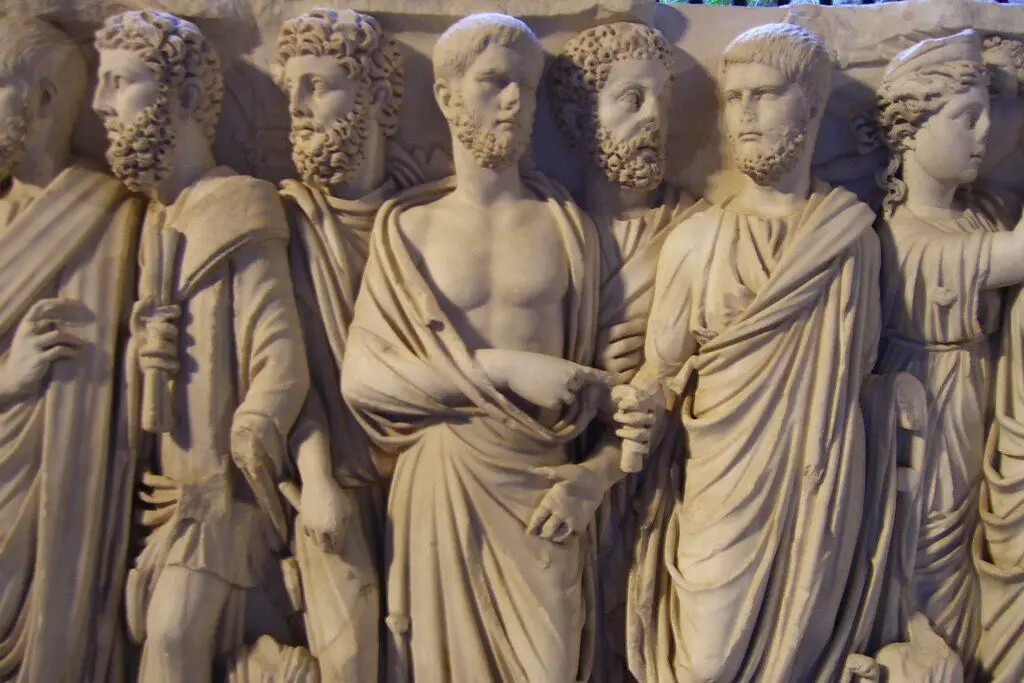
In the early days of the Roman Empire, various forms of religious sacrifice were an integral part of Roman society. However, with the rise of Christianity, many of these practices were deemed immoral and were outright banned. Pagan rituals, particularly those involving animal sacrifices, were seen as a direct threat to the growing Christian influence. The emperor Constantine, who himself converted to Christianity, issued decrees that banned these sacrifices in favor of Christian worship. This not only undermined the polytheistic traditions but also marked a pivotal moment in religious history where one faith began to systematically suppress others.
Despite their ancient roots and widespread acceptance, these practices were viewed as barbaric by the new religious regime. Christian leaders argued that such rituals were not only cruel but also a distraction from the true worship of God. Pagan priests and temple leaders found themselves marginalized, and many sacred sites were destroyed or repurposed for Christian use. In time, these religious ceremonies, once central to Roman identity, became relics of the past, heavily suppressed under the banner of a new, dominant faith.
2. The Ban on Witchcraft in Early Modern Europe
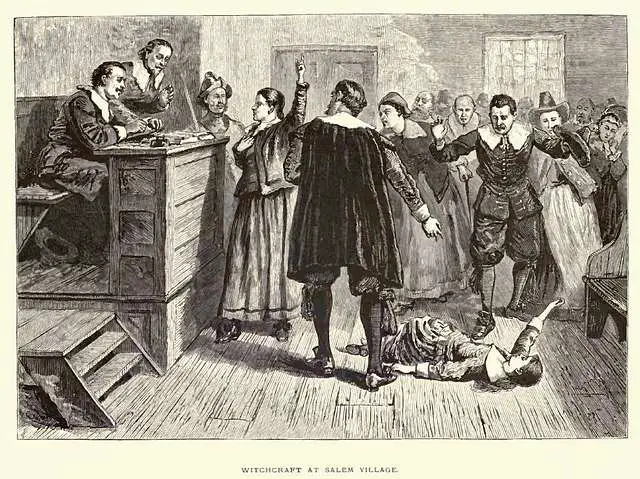
During the early modern period, European countries were gripped by paranoia over witchcraft, especially after the rise of the Protestant Reformation and Catholic Counter-Reformation. While witchcraft was practiced in various forms for centuries, it became more heavily scrutinized and eventually banned across much of Europe in the 16th and 17th centuries. The ban on witchcraft stemmed from religious leaders’ fear that witches were performing rituals that challenged the Christian worldview. Church authorities considered witchcraft to be a form of heresy, often linking it to demonic forces.
The practice of witchcraft was seen as a direct affront to the church’s teachings, and individuals suspected of practicing it were often accused of making pacts with the devil. Witch hunts became widespread, and thousands of people, mostly women, were persecuted, tortured, and executed. These bans on witchcraft were rooted not just in religious ideology but also in a fear of the unknown and the desire to consolidate power within religious institutions. This led to one of the darkest chapters in religious history, where fear and superstition replaced understanding and tolerance.
3. The Prohibition of Buddhism in Tibet Under Chinese Rule
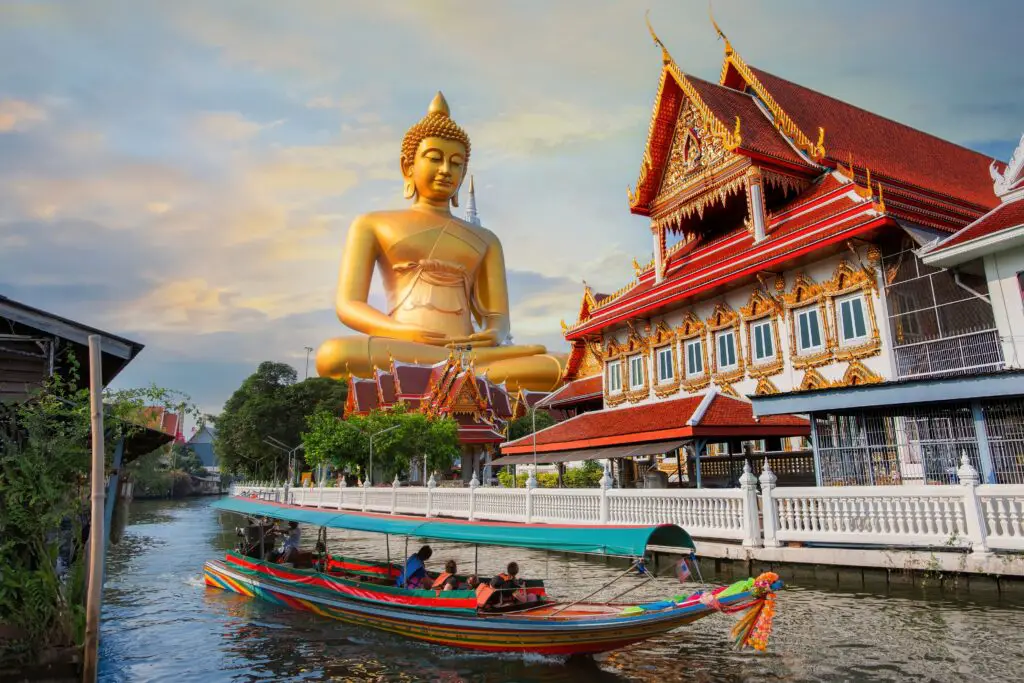
When China took control of Tibet in the 1950s, the Chinese government began a systematic effort to suppress Tibetan Buddhism, a key component of Tibetan culture and identity. The Chinese Communist Party viewed the Dalai Lama and religious leaders as threats to their authority and sought to replace Buddhist teachings with Marxist ideology. Temples were destroyed, monks were forced to disrobe, and religious texts were burned. The goal was to eliminate any form of spiritual or political opposition and replace it with loyalty to the Chinese state.
For many Tibetans, the ban on Buddhism was not just an attack on their faith but on their way of life. The religion had long been intertwined with every aspect of Tibetan society, from education to politics. The Chinese government’s actions led to protests, both within Tibet and internationally, but the bans remained in place for decades. Despite this, Tibetan Buddhism has persisted, with exiled religious figures continuing to spread the teachings of Buddhism worldwide, keeping the faith alive despite the oppressive regime.
4. The Outlawing of Christmas Celebrations in England

In the 17th century, under the rule of Oliver Cromwell and the Puritans, Christmas was banned in England. Puritans believed that the holiday, with its feasting, drinking, and revelry, was far too hedonistic and strayed too far from the solemnity of religious observance. They also believed that Christmas had too many unbiblical roots, particularly the pagan elements associated with winter solstice festivals. The Puritans saw the holiday as a time for sinful excess rather than spiritual reflection.
During this time, anyone caught celebrating Christmas could face severe penalties, including fines or imprisonment. Public Christmas festivities, like dancing and the playing of games, were outlawed, and shops were forced to stay open. However, this ban was short-lived. After the monarchy was restored in 1660, Christmas celebrations came roaring back, and the holiday became more popular than ever, with many of its old traditions reintroduced, much to the joy of the public.
5. The Ban on Hindu Temples During British Rule in India
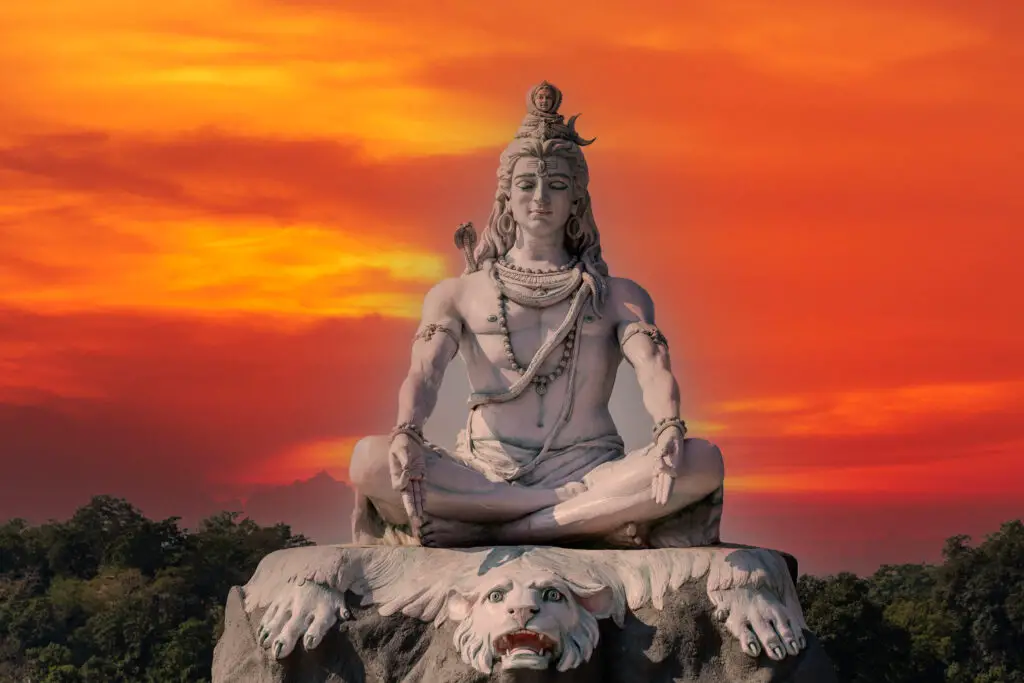
Under British colonial rule, numerous religious practices in India were restricted, and Hindu temples became a particular focus of suppression. The British saw traditional Hindu practices, especially those involving idol worship, as barbaric and primitive. They attempted to control and curtail the activities of Hindu temples, seeking to replace them with more Westernized practices. Temples were often taxed heavily, and some were even repurposed for military or administrative use.
The British also sought to influence Hindu religious practices by promoting reform movements that aligned more closely with Western ideals. This created tensions between traditionalists and reformers, with many Indian leaders resisting British efforts to interfere with their religious institutions. Despite this, Hinduism in India survived British oppression, and today, India boasts some of the most vibrant and populous religious communities in the world, with temples still playing a central role in people’s lives.
6. The Forbidden Practice of Human Sacrifice in Aztec Religion
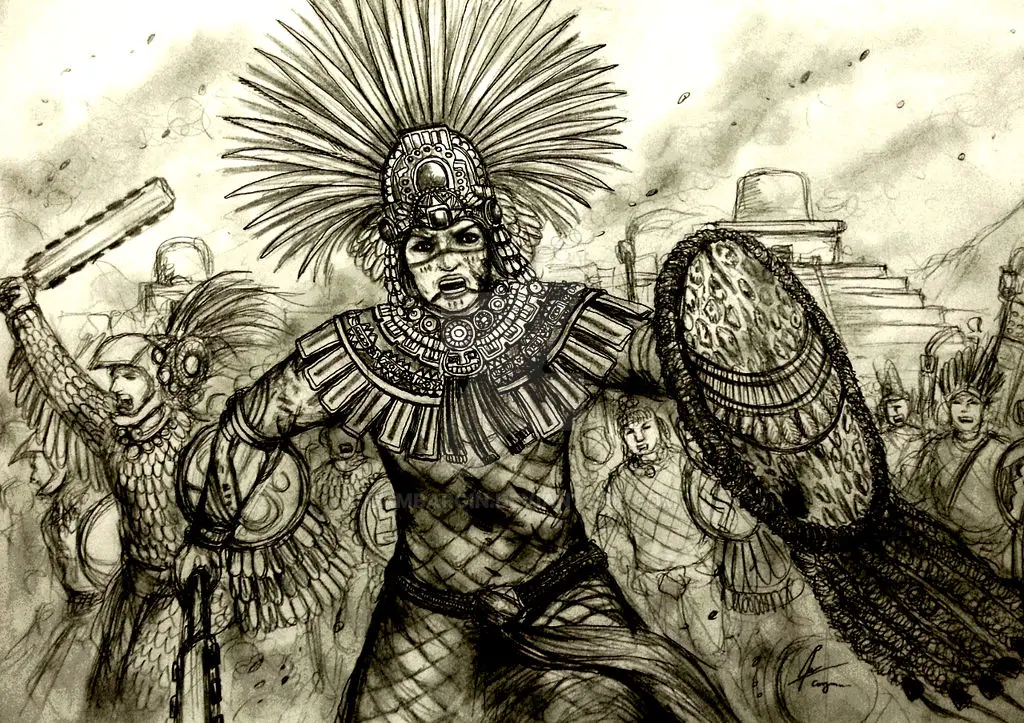
One of the most controversial aspects of the Aztec religion was its practice of human sacrifice, which was integral to their beliefs about appeasing the gods and maintaining cosmic order. The Aztecs believed that the gods had sacrificed themselves for humanity, and in return, humans needed to offer sacrifices to keep the universe in balance. This practice was seen as essential to the survival of the world itself, but it was banned and abolished when the Spanish arrived in the 16th century.
The Spanish Conquistadors, led by Hernán Cortés, viewed these rituals as barbaric and savage. They forcibly converted the indigenous people to Christianity, stamping out many of their traditional religious practices, including human sacrifice. The Aztec religion, along with its human sacrifices, was systematically eradicated as part of the broader effort to colonize and convert the indigenous peoples. However, the rich cultural and spiritual traditions of the Aztecs, including their reverence for nature and the gods, have left an indelible mark on Mexican culture today.
7. The Ban on Religious Music in Puritan Massachusetts

In 17th-century Puritan Massachusetts, the practice of music in religious settings was severely restricted. Puritans believed that music could lead to sinful behavior and detract from the solemnity of worship. They viewed instrumental music and even hymn-singing as distractions from a pure relationship with God. As a result, many churches in the Massachusetts Bay Colony prohibited singing and banned musical instruments, focusing instead on the spoken word.
This ban on religious music was part of the Puritan belief that worship should be austere and without the “worldly” distractions of pleasure. The Puritans felt that using music to praise God could open the door to pride and self-expression, which they believed undermined the humility required in worship. It wasn’t until later in the 17th century, as other religious movements began to gain prominence, that religious music began to make a return in New England churches, once again becoming an integral part of Christian worship.
8. The Suppression of Falun Gong in China

Falun Gong, a spiritual movement that combines elements of Buddhism, Taoism, and traditional Chinese practices, was initially embraced by many in China for its focus on self-improvement and meditation. However, in the late 1990s, the Chinese government began to view the movement as a threat to its authority. Falun Gong practitioners were seen as a rival to the Communist Party’s power, and the government began a harsh campaign to suppress the movement.
In 1999, the Chinese government officially banned Falun Gong and began a widespread crackdown on its practitioners. Members were arrested, tortured, and sent to labor camps. The Chinese government’s fear of Falun Gong stemmed from its ability to mobilize large numbers of people, which was seen as a challenge to state control. Despite the persecution, Falun Gong practitioners continue to practice in secret, and the movement has gained international attention for its calls for religious freedom and human rights.
